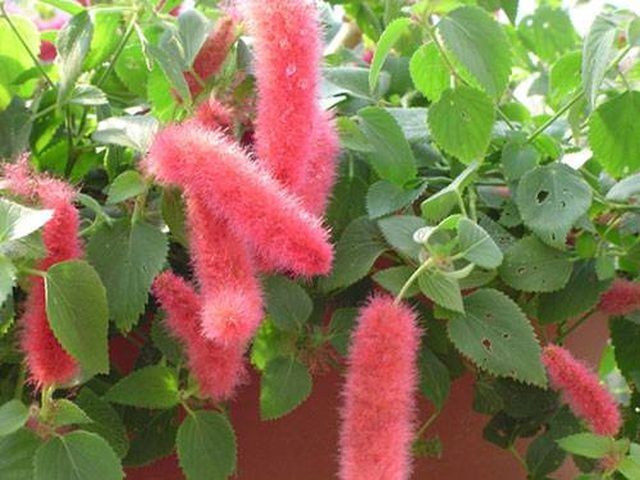Bulbs
Flower Basics
Flower Beds & Specialty Gardens
Flower Garden
Garden Furniture
Garden Gnomes
Garden Seeds
Garden Sheds
Garden Statues
Garden Tools & Supplies
Gardening Basics
Green & Organic
Groundcovers & Vines
Growing Annuals
Growing Basil
Growing Beans
Growing Berries
Growing Blueberries
Growing Cactus
Growing Corn
Growing Cotton
Growing Edibles
Growing Flowers
Growing Garlic
Growing Grapes
Growing Grass
Growing Herbs
Growing Jasmine
Growing Mint
Growing Mushrooms
Orchids
Growing Peanuts
Growing Perennials
Growing Plants
Growing Rosemary
Growing Roses
Growing Strawberries
Growing Sunflowers
Growing Thyme
Growing Tomatoes
Growing Tulips
Growing Vegetables
Herb Basics
Herb Garden
Indoor Growing
Landscaping Basics
Landscaping Patios
Landscaping Plants
Landscaping Shrubs
Landscaping Trees
Landscaping Walks & Pathways
Lawn Basics
Lawn Maintenance
Lawn Mowers
Lawn Ornaments
Lawn Planting
Lawn Tools
Outdoor Growing
Overall Landscape Planning
Pests, Weeds & Problems
Plant Basics
Rock Garden
Rose Garden
Shrubs
Soil
Specialty Gardens
Trees
Vegetable Garden
Yard Maintenance
How to Care for Chenille Hanging Plant
How to Care for Chenille Hanging Plant. Also known as Acalypha hispida, this tropical plant is native to the Pacific Islands and thrives in warm climates. The fuzzy red flowers resemble chenille yarn, hence the name. Children may think they look like fuzzy caterpillars, and are often attracted to them, but this plant is toxic if ingested; if...

Also known as Acalypha hispida, this tropical plant is native to the Pacific Islands and thrives in warm climates. The fuzzy red flowers resemble chenille yarn, hence the name. Children may think they look like fuzzy caterpillars, and are often attracted to them, but this plant is toxic if ingested; if handled too much, it can irritate the skin. It's red or white flowers can grow up to lengths of 18 inches. The flowers hang down, making this an ideal plant for hanging baskets. A fairly hardy plant, chenille hanging plants are simple to care for with a few basic steps.
Things You'll Need
Water-soluble, liquid fertilizer
Rubbing alcohol (optional)
Hang your plant where it gets full sun each day. If your plant is inside, hang it near a south-facing window. On sunny days, hang it outside. It's best to hang the plant outside, except during the winter. Some partial shade in the late afternoon is okay, but if the plant is drooping, it may need more sun.
Water daily to keep the soil moist. Do not let the soil dry out or the plant wilt; it may die if it gets completely dry. Mist every day to provide the humidity this plant needs to thrive.
Fertilize once a week during the active growing period, and while the flowers are forming during late spring and through early fall. Use a water-soluble fertilizer and dilute it in half with water. There's no need to fertilize during the winter months when the growth slows down. The flowers appear year round, but grow more during the warmer months.
Trim the plant routinely to keep it shaped up. Cut off as much as 4 to 6 inches at one time. This helps new growth form and keeps it from becoming too long in the hanging basket.
Check for spider mites that can damage the plant. Signs of spider mites are yellowing leaves or webs--usually underneath the leaves. To treat the plant, isolate it from other plants and keep it out of the afternoon sun, where spider mites thrive. Spray the plant all over with a one-to-one mixture of rubbing alcohol and water; be sure to get under the leaves. This will kill the spider mites on contact without damaging the plant. To help prevent spider mites, mist the plant daily.
Tips & Warnings
Keep out of reach of animals and children; toxic if ingested.